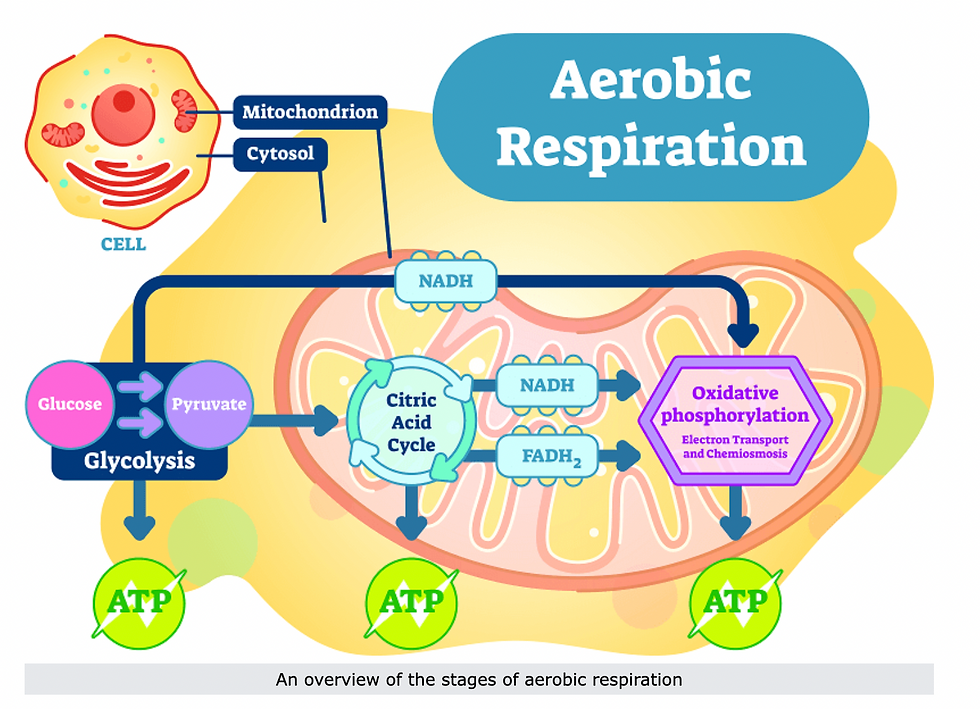
What Does "Run Slow to Speed Up" Really Mean?
Unpacking the Benefits of Easy Running
Hey there, fellow runners!
It’s Dayna, and today we’re diving into a mantra that might sound counterintuitive at first but is a game changer for runners at all levels: “Run slow to speed up.”
If you’re scratching your head wondering how slowing down could possibly make you faster, you’re not alone. This concept, rooted in the principles of endurance training, is a secret weapon for building speed, stamina, and overall running efficiency.
Let's break it down and explore the myriad benefits of incorporating easy runs into your training regimen.
Understanding the Paradox
At its core, the idea of running slow to speed up is about giving your body the chance to adapt and improve without constantly being under the stress of high-intensity workouts.
Easy runs, performed at a relaxed pace where you can comfortably hold a conversation, make up the bulk of many successful training plans. But why?
Building a Strong Aerobic Base
Aerobic Capacity: Easy running primarily taps into your aerobic energy system. By regularly engaging in low-intensity runs, you enhance your body's ability to utilize oxygen more efficiently, increasing your aerobic capacity. This is the foundation upon which all other aspects of running performance are built, from sprinting to marathon running.
Endurance: Consistent easy runs increase mitochondrial density and capillary development in your muscles. This means more energy and oxygen can be delivered to your muscles during high-intensity efforts, allowing you to sustain faster paces for longer periods.
Reducing Injury Risk
Recovery: High-intensity training without adequate recovery can lead to burnout and injury. Easy runs provide a way to increase mileage and time on your feet while minimizing stress on your bones, muscles, and joints. This approach promotes longevity in the sport, ensuring you can keep running and improving over time.
Balance: Incorporating easy runs into your routine helps balance out more intense sessions, such as intervals or tempo runs, ensuring you’re not overworking your body and risking injury.

Enhancing Mental Toughness
Patience: Learning to hold back and maintain an easy pace, especially when you feel capable of going faster, cultivates patience—a crucial trait for tackling longer distances and managing pace during races.
Enjoyment: Running slow takes the pressure off and allows you to enjoy the run for what it is. This can help keep motivation high and prevent burnout, making running a sustainable and enjoyable part of your life.

How to Implement Easy Runs
Listen to Your Body: An easy run should feel comfortable and sustainable. You should be able to speak in full sentences without gasping for breath.
Monitor Your Heart Rate: For a more scientific approach, aim to keep your heart rate in the aerobic zone, typically between 60-75% of your maximum heart rate.
Be Consistent: Make easy runs a staple of your training, ideally constituting 70-80% of your total weekly mileage.

The Bottom Line
Running slow to speed up isn’t just a catchy phrase—it’s a tried and true strategy that top athletes use to unlock their potential. By respecting the role of easy runs, you give your body the chance to build a solid aerobic base, recover properly, and enjoy the process, all of which are essential for becoming a faster, stronger runner. So next time you lace up your shoes, remember that slowing down is sometimes the quickest path to speeding up.
Happy running, and remember,
the journey is just as important as the destination!
Keep it easy, keep it fun,
Dayna - your fav. Exercise Physiologist
Is this the year you really level up your running? Time for a Running Assessment!
Want more help?
Join our Running Workshop here!
Or
Learn how you can run more efficiently Running Assessment
Or
Get your FREE Strength Assessment here!
Or
Join our online 12-week strength program here!



Comments